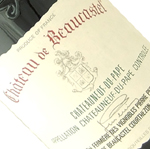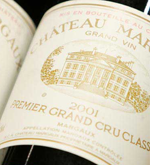Anciénne or new méthode
Over the years, wine-making has often been the subject of heated discussion. It is frequently said that red wine today is not what is used to be: that it is lighter, that it ages less successfully, and the quality leaves too much to be desired. It is alleged that past generations of wine makers used to produce vigorous wines, with a good colour, which aged over many years. It is certainly true that since Word war 2, the quality of red burgundy has not always been beyond reproach, the négociants-éleveurs, Keen to develop their markets, have often offered large qualities of disappointing wine, Lacking in character. It is also true that Modern négociants and owners, even those who are truly quality conscious, Produce a wine which seems less concentrated than those between the wars. Are the new methods of wine-making the only cause? Probably less than might be imagined, since what is called the ancienne méthod came into force as being rather fashionable only at the end of the 19th century. In their book, Burgundy vines and wines, Arlott and fielden suggest that during this period the demand for burgundies had so diminished that it was once more necessary to produce wines which would take a long time to age. To this end, the traditionally short fermentation of five to six days was abandoned; the grape stalks were left in contact with the must and the skins so as to increase appreciably the level of tannin. In this manor a full-bodied highly coloured wine was obtained which required several years of aging before it, acquired any degree of suppleness









